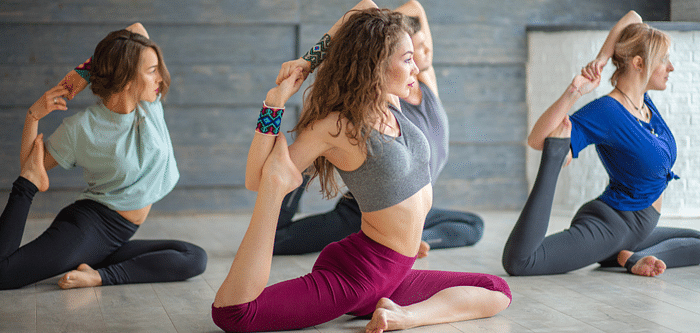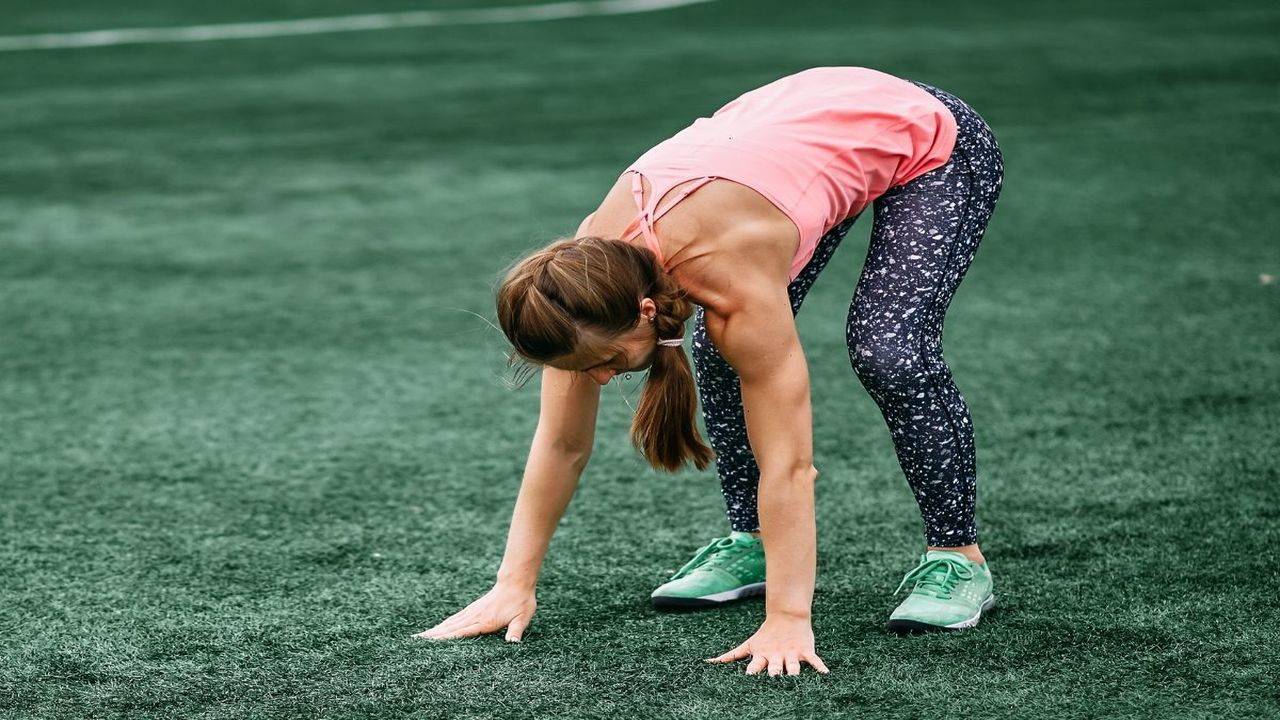If you’ve been training consistently but your back still looks like a flat wall instead of a wide, muscular V-taper, then it’s time for a serious reality check. The truth is, building a strong, thick, and well-defined back takes more than a few sets of lat pulldowns and a couple of half-hearted rows.
But here’s the good news: once you start training your back the right way, the growth is unreal.
Whether you’re aiming for that broad-shouldered superhero look or want to pull heavier weights like a beast, this article breaks down 10 back blasting tips that can help you achieve serious size and strength. These aren’t fluff tips—they’re battle-tested, gym-approved, and guaranteed to get your back fired up.
Let’s dive in and unlock the gains hiding behind you.
1. Start With Heavy Compound Lifts
If you’re not opening your back day with a big, compound movement like barbell deadlifts, bent-over rows, or T-bar rows, you’re missing out.
These lifts recruit multiple muscle groups at once—lats, traps, rhomboids, spinal erectors—and allow you to move the heaviest loads. That means more strength gains and a solid foundation for thickness.
Try this:
- Barbell Deadlifts – 4 sets of 5 reps
- Bent-Over Barbell Rows – 4 sets of 8 reps
Don’t go too light here. These lifts are your heavy artillery.
2. Train the Entire Back, Not Just Lats
Most people focus way too much on the lats and completely forget about the rest of the back.
Your back is made up of multiple muscles:
- Lats (width)
- Traps (upper back thickness)
- Rhomboids (mid-back contraction)
- Erector Spinae (lower back strength)
- Teres major/minor (upper rear definition)
If you want a back that turns heads, hit every angle. Include vertical pulls, horizontal rows, and some spinal extension work to develop full-back symmetry.
3. Focus on the Mind-Muscle Connection
Back training is notoriously hard to feel. Unlike arms or chest, where the pump is instant, the back takes time and focus.
The fix: Slow down your reps. Control the negative. Squeeze your shoulder blades at the top of each row or pull. Visualize the muscle contracting. If you can’t feel your back working, your arms and traps are probably stealing the show.
Quick cue: Pull with your elbows, not your hands. That mental shift alone can make a huge difference.
4. Use Straps When Needed, Don’t Let Grip Limit Growth
Yes, grip strength is important. But if your forearms are giving out before your lats even feel the burn, you’re holding yourself back.
There’s no shame in using lifting straps for heavy rows or pulldowns. It allows you to focus entirely on your back without being limited by your grip. You can still train grip separately.
Remember: This isn’t a grip workout. It’s a back-building mission.
5. Mix Up Your Grips and Angles
If you always do the same lat pulldown with the same bar and same grip, you’re probably plateaued.
Here’s the fix:
- Use wide grip, close grip, and neutral grip variations.
- Try underhand barbell rows one week, then switch to Meadows rows the next.
- Go from cable rows to machine rows to dumbbell rows.
Different grips hit different areas. Mixing them keeps your back guessing and growing.
6. Control the Eccentric (Lowering) Phase
Everyone talks about lifting heavy. But how you lower the weight is just as important—if not more.
Controlling the eccentric (the negative part of the lift) puts the muscle under tension longer, breaks more muscle fibers, and leads to better strength and hypertrophy.
Example: Instead of yanking the dumbbells up and letting them crash down, try a 2–3 second controlled lowering. You’ll immediately feel the difference.
7. Don’t Neglect Your Lower Back
A strong lower back isn’t just important for aesthetics. It supports your posture, improves your squats and deadlifts, and helps prevent injury.
Make sure you include lower back work in your routine:
- Hyperextensions
- Romanian Deadlifts
- Good Mornings
- Bird Dogs or Back Extensions
Just 2–3 sets at the end of a back session can keep your posterior chain solid.
8. Use Isolation to Refine Weak Spots
While big lifts build mass, isolation exercises can help sculpt those hard-to-target areas.
Think of these as your “accessory” finishers:
- Straight-arm pulldowns for lat sweep
- Face pulls for rear delts and traps
- Dumbbell shrugs for upper trap development
- Reverse pec-deck flys for rhomboids
Add 2–3 isolation movements at the end of your workout and focus on high reps with good form.
9. Train Back Twice a Week If You’re Serious About Growth
If you’re only training back once a week, you’re missing out on progress. The back can handle more volume than many other muscle groups.
Try splitting your back training into two sessions:
- Day 1 (Heavy Rows & Deadlifts): Focus on strength, thickness, and compound moves
- Day 2 (Pulldowns & Isolation): Hit volume, mind-muscle connection, and width
Spacing your sessions out gives your muscles time to recover while increasing overall weekly volume.
10. Track Your Progress Like You Do for Bench or Squat
Most people obsessively track their bench press numbers but couldn’t tell you what they rowed last week. That’s a problem.
Treat your back like your bench.
- Write down weights and reps.
- Track tempo or pauses.
- Set goals to lift heavier or do more reps over time.
Progressive overload applies to back training just as much as chest or legs. If you’re not tracking, you’re just guessing.
Sample Back Day Routine (Muscle-Focused)
Here’s a back workout built around these tips:
1. Barbell Deadlifts – 4 sets x 5 reps
2. One-Arm Dumbbell Row – 3 sets x 10 reps per side
3. Wide Grip Lat Pulldown – 3 sets x 12 reps
4. Cable Face Pulls – 3 sets x 15 reps
5. Straight-Arm Pulldown – 3 sets x 12–15 reps
6. Hyperextensions or Back Extensions – 2 sets x 20 reps
Use straps where needed, focus on form, and finish with a 10-minute stretch to improve recovery.
Final Thoughts: Build a Back That Demands Respect
Your back says a lot about how you train. It’s not the most glamorous muscle to work on because you can’t admire it in the mirror during every rep. But when it’s built right, it shows power, balance, and strength—and it supports nearly every compound movement you’ll ever do.
Train it with intensity. Focus on full development. And don’t shy away from volume.
Follow these 10 tips, and your back won’t just grow—it’ll transform.










